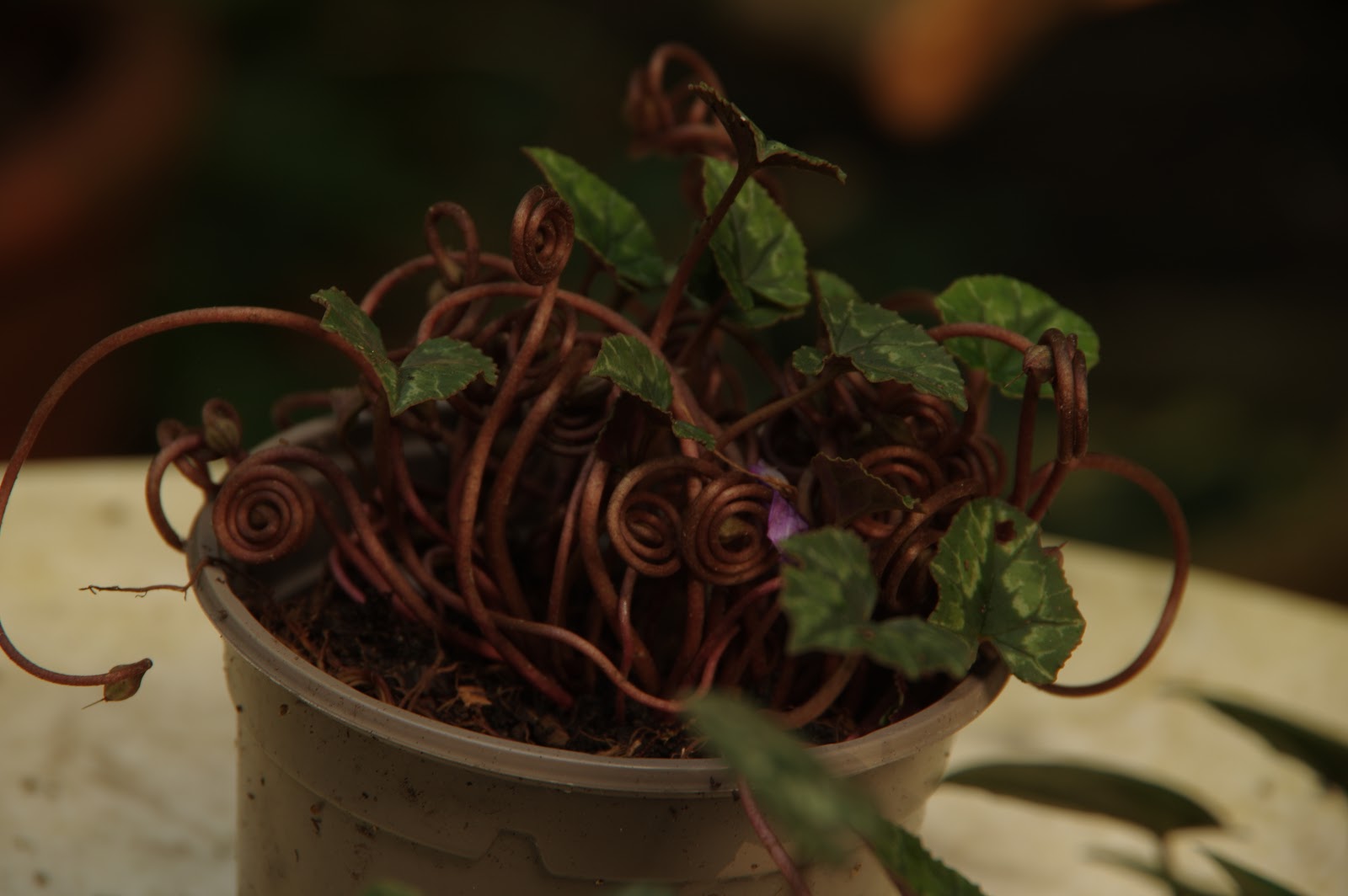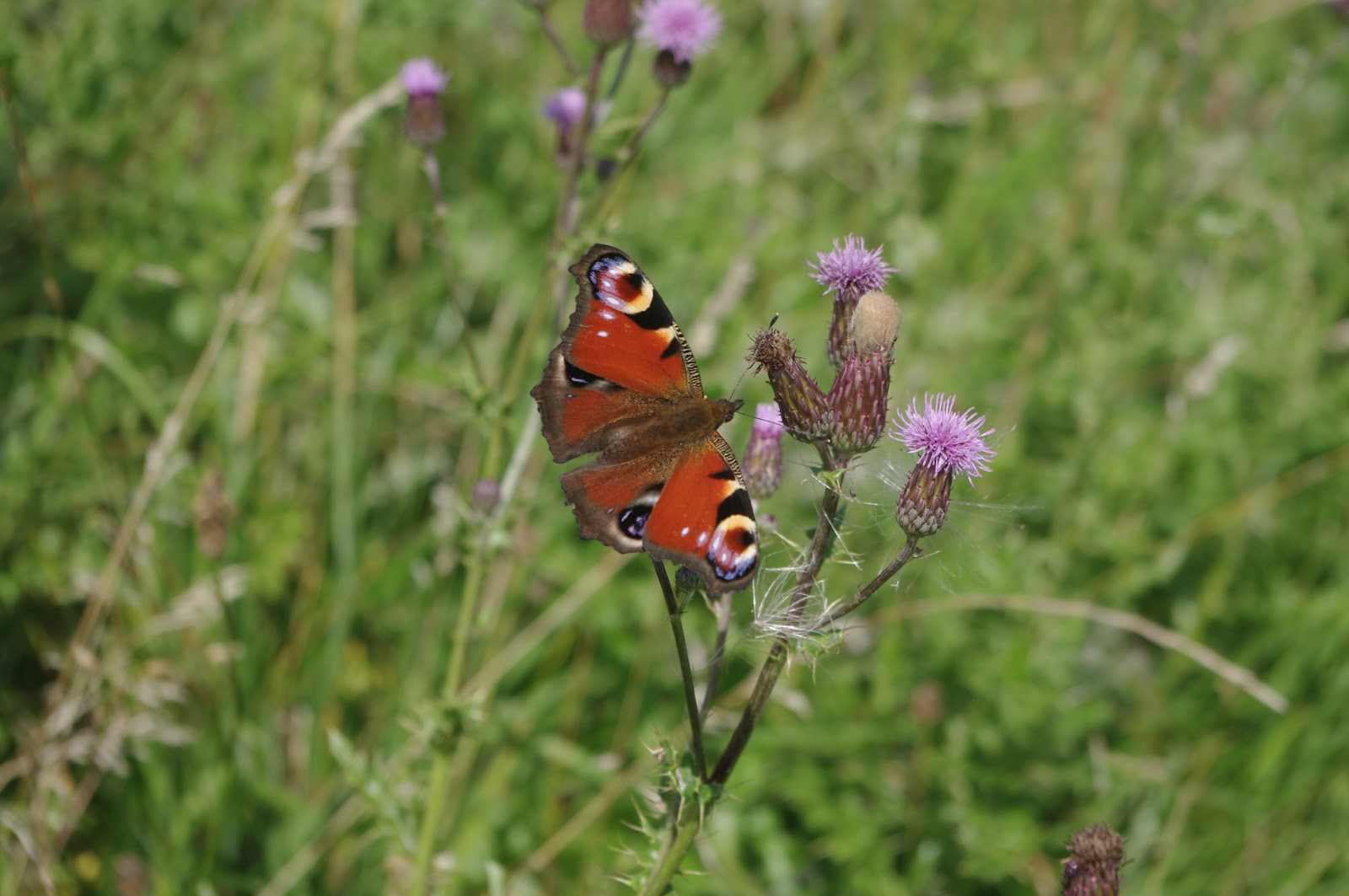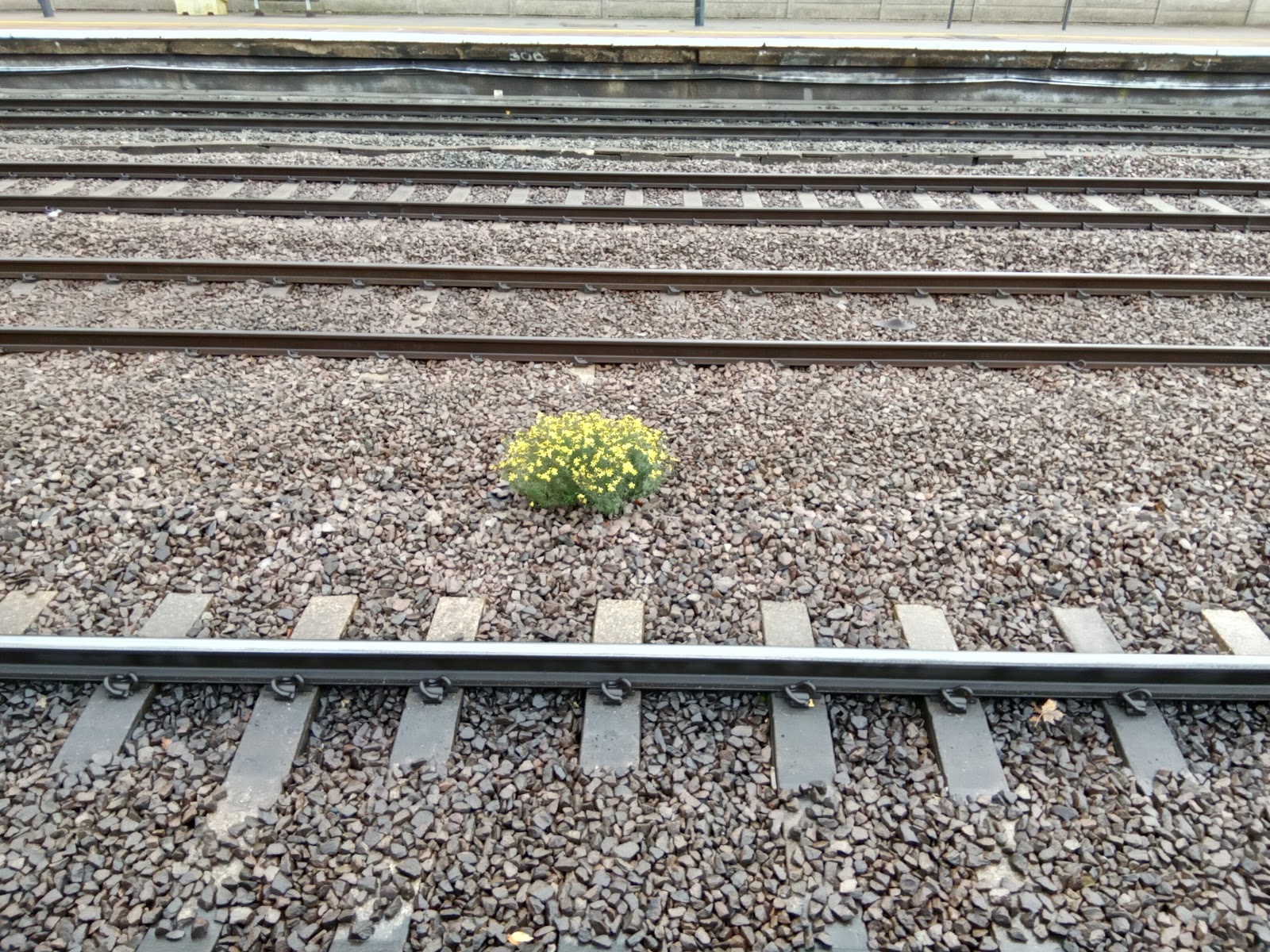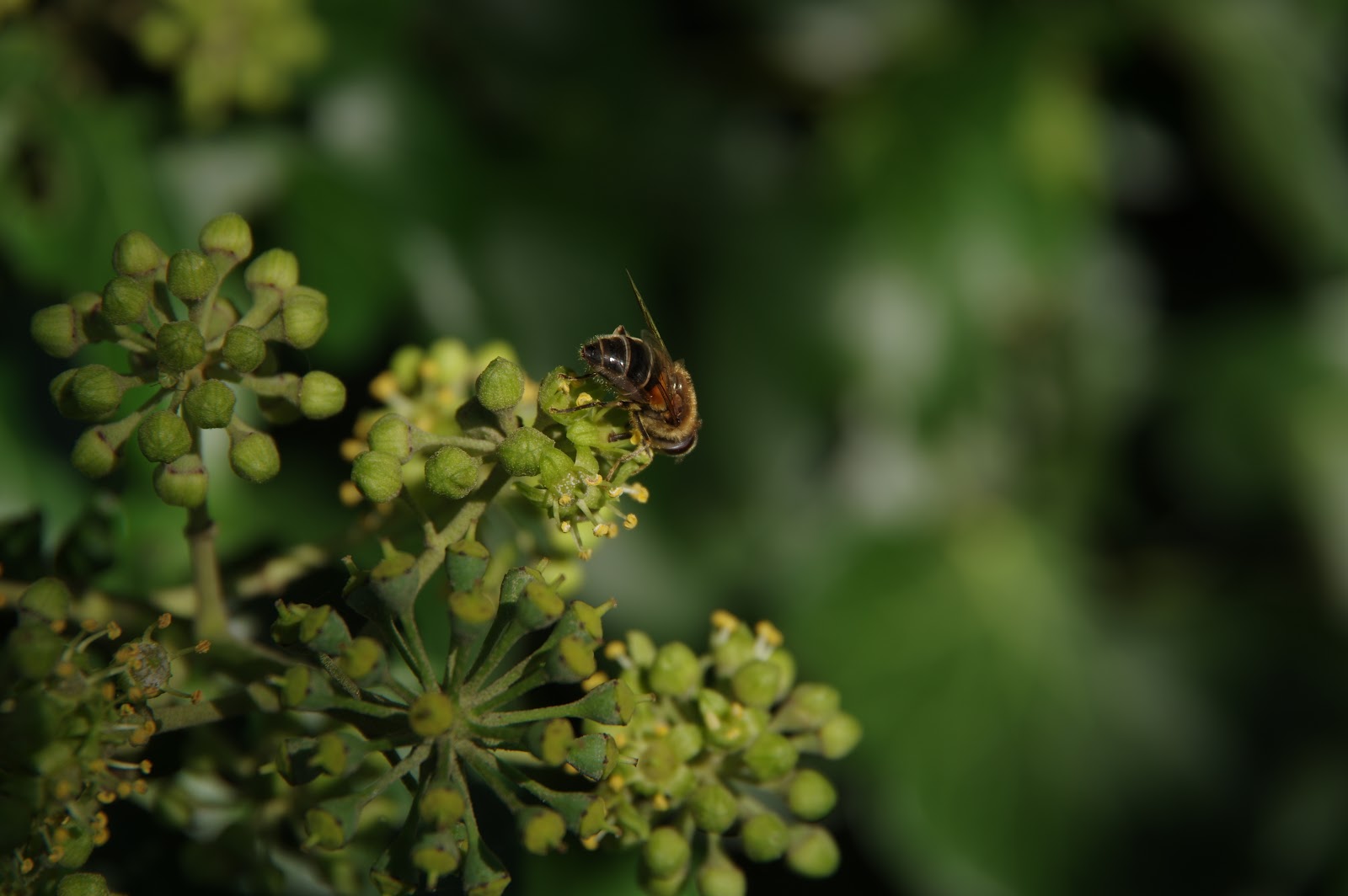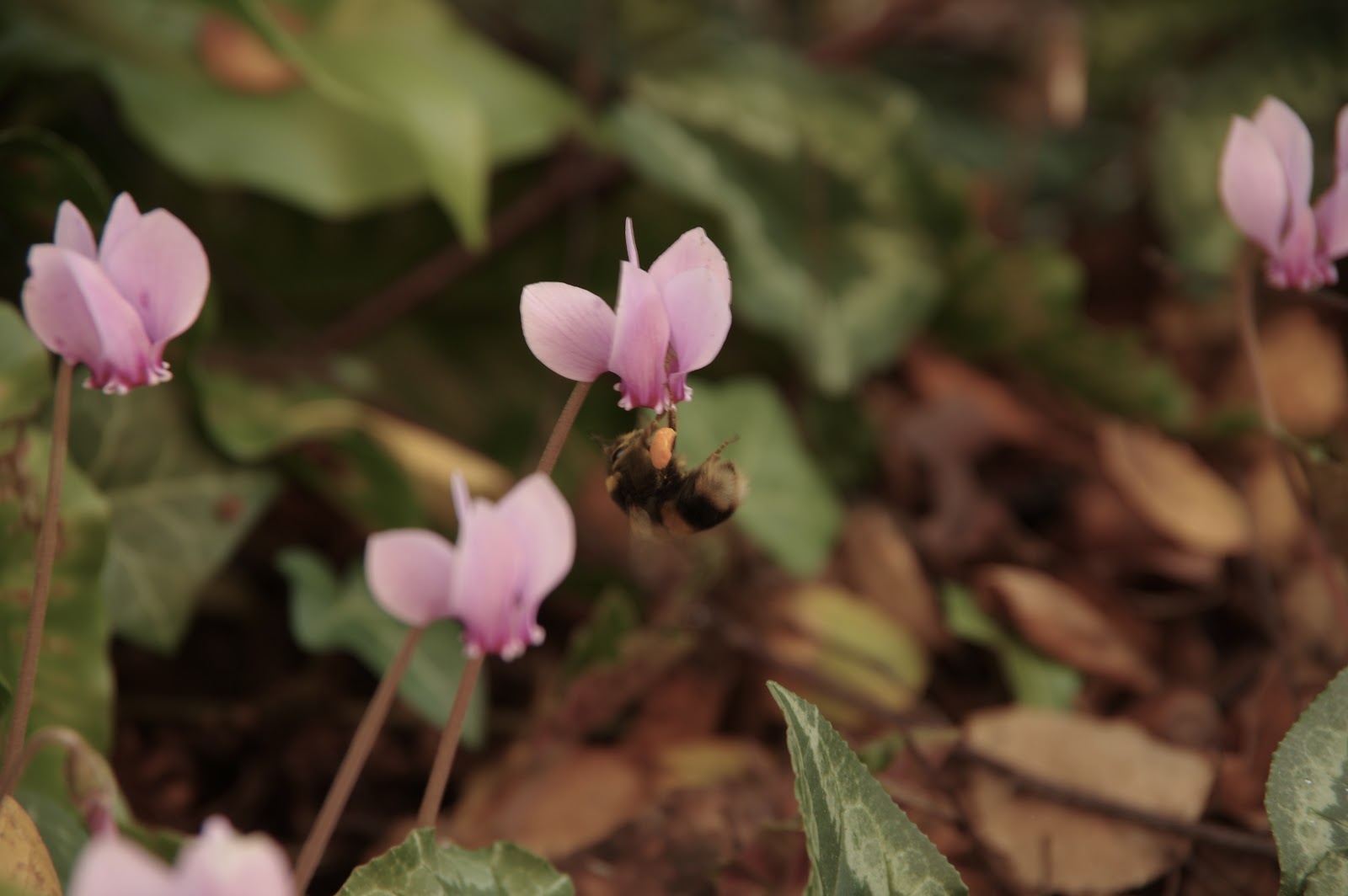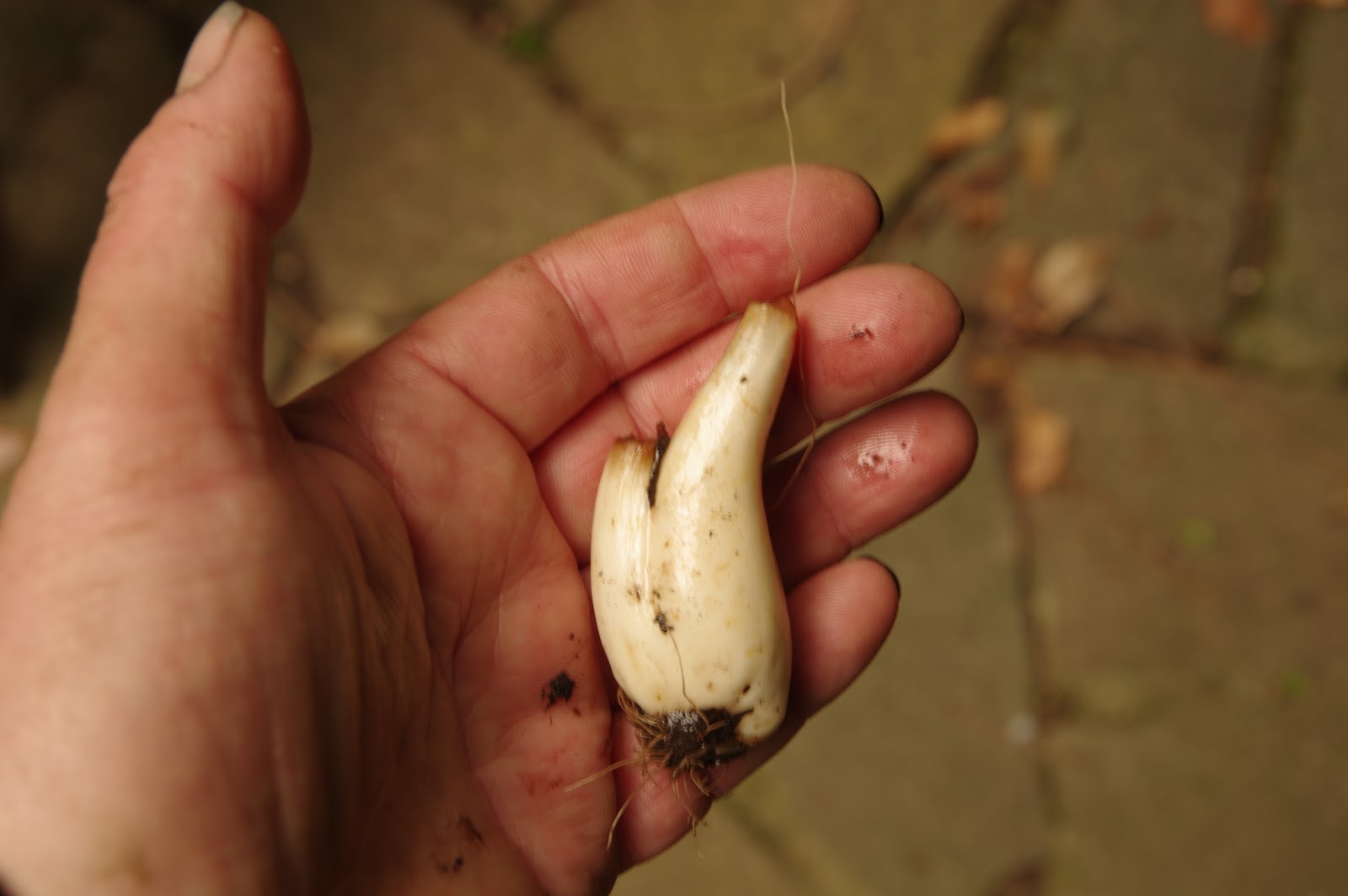I sometimes get a glimpse of deer when walking in the Hertfordshire countryside. There are Fallow Deer as seen here.
Also Muntjac Deer, an escapee from Woburn Park in Bedfordshire in the early 20th. century having been bought over from China. Muntjac bred and increased rapidly across southern England and their range continues to expand. They are considered to be an invasive species with a detrimental effect on woodland understory due to their grazing.
Having said that Fallow Deer were introduced by the Romans, died out then were reintroduced by the Normans. Apparently several thousand deer parks were created at the behest of the aristocracy in England, Wales and Scotland circa 1200-1350. Few remain but the deer have naturalised.
Deer occasionally enter urban areas, for example they are apt to chew some choice perennials at the music school. I have never seen them so I don't know whether they would be Muntjac or Fallow. The grounds are large enough that they might even be in residence but deer are very shy of humans. The herd in the photo took flight when they became aware of my presence even though I was a long way away.

